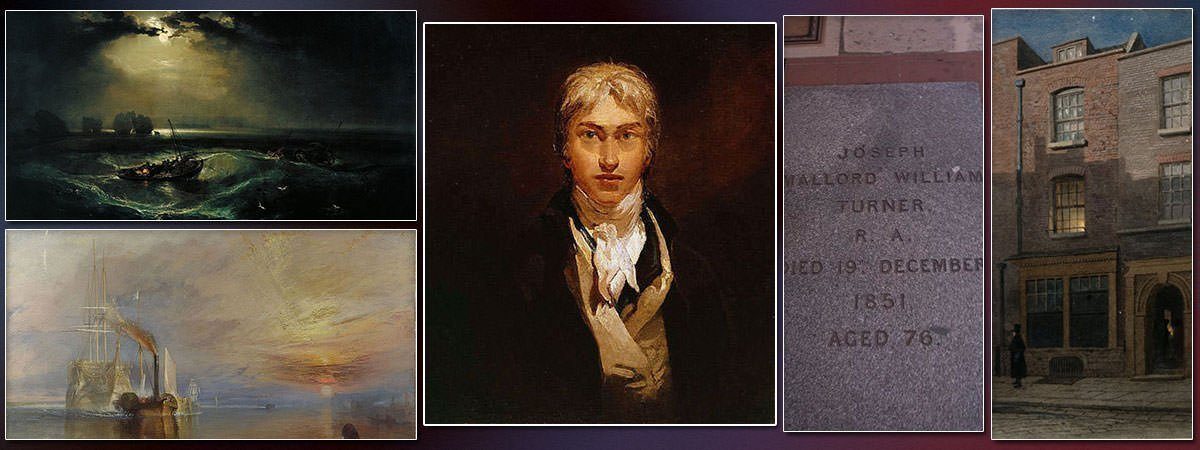Joseph Mallord William Turner was an English painter who is famous as one of the greatest landscape artists in history. Born in a poor family in London, Turner showed signs of his genius at an early age and went on to become one of the leading painters of his time. He was also known to be an eccentric and had a couple of controversial affairs. Turner is called “the painter of light” due to his mastery in capturing the effects of atmosphere and light; and he is perhaps the most renowned British artist ever. Know about the family, life, art, career, achievements and death of J.M.W. Turner through these 10 interesting facts.
#1 HIS MOTHER WAS MENTALLY ILL
J.M.W. Turner was born in 1775 in the district of Covent Garden in London. The exact date of his birth is not known with certainty though he himself claimed it was April 23. He was the first and only child to survive till adulthood of William Turner, a barber and wig maker, and his wife Mary Marshall. Turner was named after his maternal uncle Joseph Mallord William Marshall, a butcher in Brentford, Middlesex. His parents had another child, Mary Ann, in 1778, but she died in 1783. Mary Marshall had an ongoing struggle with mental illness. The death of her daughter worsened her condition and in 1800, she was admitted to the Bethlem Hospital or Bedlam, an infamous mental asylum. She died there on 15th April 1804.
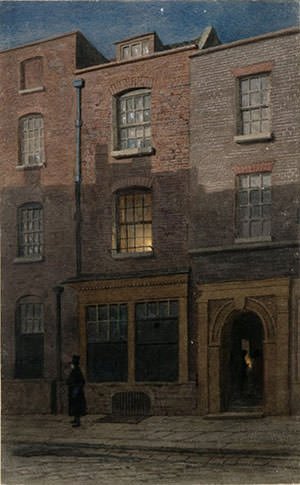
#2 HIS FATHER SOLD TURNER’S TEENAGE DRAWINGS FROM HIS BARBER SHOP
In 1785, due to his mother’s mental illness, the 10 year old William was sent to live with his maternal uncle, after whom he was named, in Brentford. The following year he was sent to live with another relative in the town of Margate in Kent. William attended John White’s school in Brentford and the school of Thomas Coleman in Magrate. Though he received little formal schooling, Turner began to show his talent in art from an early age and by the time he was thirteen, his father began to sell his drawings by displaying them in his barber shop. In 1789, Turner attended the drawing classes of Thomas Malton, an English painter of topographical and architectural views. Turner later called Malton his “real master”.
#3 TURNER HAD A LONG ASSOCIATION WITH THE ROYAL ACADEMY OF ARTS
In December 1789, at the age of 14, J.M.W. Turner was admitted at the Royal Academy of Art schools. In 1793, he was awarded the “Great Silver Pallet” for landscape drawing by the Royal Society of Arts. In 1796, Turner exhibited his first oil painting at the Royal Academy which was titled Fishermen at Sea. The painting was praised by contemporary critics and established his reputation. In 1799, at the youngest permitted age of 24, Turner was elected an associate of the academy, and in 1802, he became a full Royal Academician. In 1807, Turner accepted the position of Professor of Perspective at the Royal Academy, a post he held on to for 30 years till 1837, though he gave his last perspective lectures in 1828.
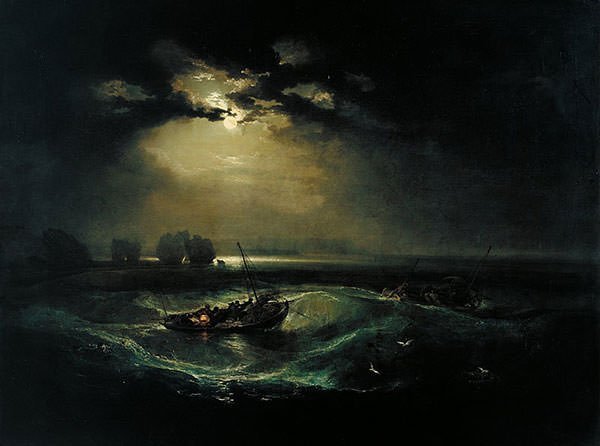
#4 HIS LOVE AFFAIR WITH VENICE PRODUCED SOME OF HIS GREATEST MASTERPIECES
J.M.W. Turner travelled extensively in search of inspiration for his work. He visited Wales, Yorkshire, the Midlands and Scotland from 1792 to 1801. In 1802, he travelled to France and Switzerland making more than 400 drawings. He first travelled to Italy in 1819 making around 1,500 drawings. Turner painted for years from what impressed him during his trips. He was particularly inspired by Otley in Yorkshire and Venice. He first visited Otley in 1797 and returned to visit the town and its surrounding area throughout his career. He first visited Venice in 1819 and returned to it many times in the next 20 years. Venice was a major theme of Turner’s mature period and it is part of some of his greatest masterpieces.
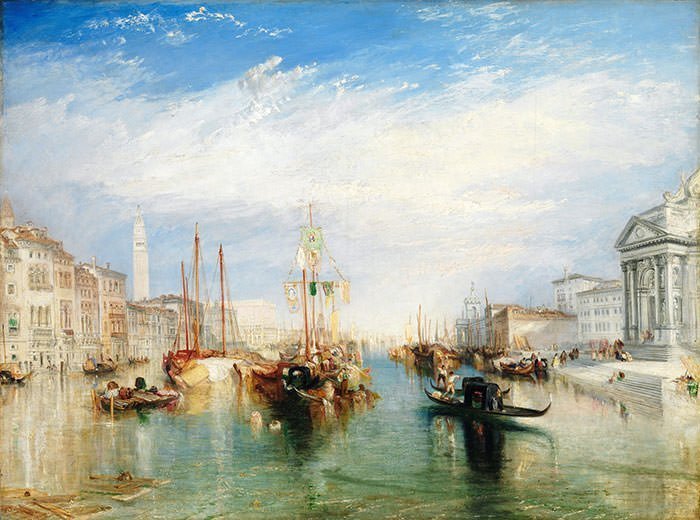
#5 HIS ART IS CONSIDERED A FORERUNNER TO IMPRESSIONISM
In his early career, Turner was influenced by British Romantic landscape artists John Robert Cozens and Richard Wilson. Style of Cozens, especially his treatment of light, had a lasting impact on Turner; while Wilson’s art revealed to him a poetic approach to landscape. Turner was also inspired by other artists including Dutch marine painter Willem van de Velde the Younger. He mastered every landscape style he admired while developing his own unique style. The artistic techniques he employed in his mature period influenced the famous art movement Impressionism, which began in France and spread through the western world. The Impressionists, including Claude Monet, carefully studied the art of J.M.W. Turner.
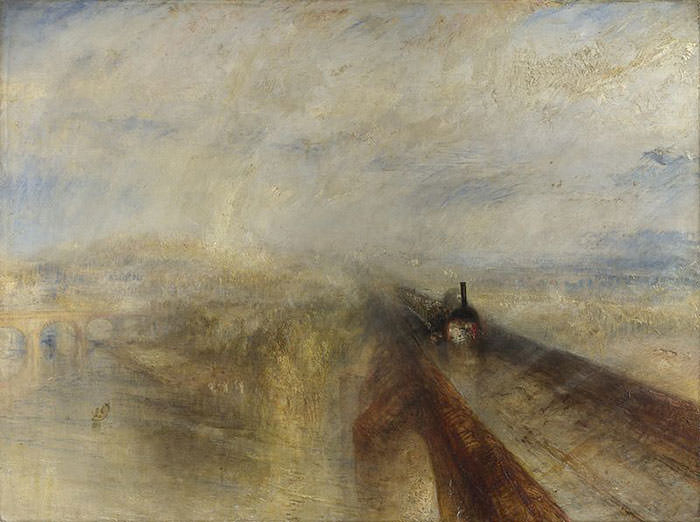
#6 J.M.W. TURNER IS KNOWN AS THE PAINTER OF LIGHT
In the early phase of his artistic career, Turner paid precise attention to architectural and natural details. In the 1810s his landscapes became increasingly luminous and atmospheric in quality and his focus shifted on colour rather than the details of the actual topography. As time progressed, Turner gave less and less attention to detail, and more to the general effects of colour and light. His compositions became more fluid with mere suggestion of movement. These colourful abstractions of his mature period were more appreciated in future generations. Due to his pioneering interpretations of light and colour in his art, J.M.W. Turner is famous as “the painter of light”.
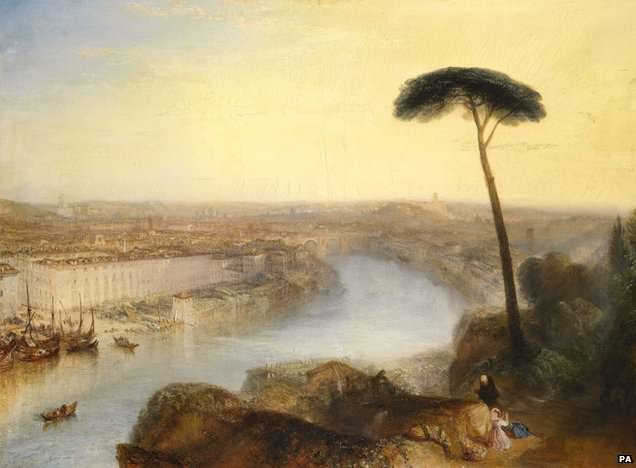
#7 HE WAS KNOWN TO BE ECCENTRIC AND UNSOCIAL
Turner was known for his eccentricities which grew with his age. He was a habitual user of snuff. Once he took a still wet picture to the Royal Academy and then, seeing it in a new light, took out his snuffbox and smeared powdered tobacco on the canvas. Turner was known to be unsocial and secretive. He did however have a close relationship with his father, who lived with him and worked as his studio assistant for thirty years. The death of his father in 1829 had a deep impact on Turner. It made him more eccentric and prone to bouts of depression. He held exhibitions but begrudgingly sold his paintings, with their loss landing him in prolonged states of dejection.
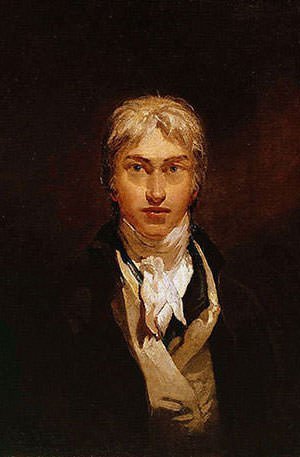
#8 He PROBABLY DENIED PATERNITY OF HIS ILLEGITIMATE DAUGHTERS
At the age of twenty five, J.M.W. Turner began a love affair with Sarah Danby, who was a widow of one of his friends and 10 years elder to Turner. They had an on-off relationship which lasted for around fifteen years. Sarah Danby gave birth to two daughters, Evelina in 1801 and Georgiana in 1811. Although Turner refused to acknowledge paternity of Danby’s children, it is now widely believed that he fathered them. Turner also hired a 23-year old relation of Sarah, named Hannah Danby, who worked as his housekeeper for 40 years until his death. While his supposed daughters received small bequests upon Turner’s death, Hannah received a significant annuity and custodianship of his pictures.
#9 HE WAS KNOWN AS MR BOOTH IN CHELSEA
In later life, J.M.W. Turner had a relationship with Sophia Caroline Booth, an independent widow 25 years his junior. Their relationship, which lasted till the end of his life, was the closest Turner came to domestic life. Turner brought Sophia a riverside cottage in Cheyne Walk, Chelsea. He was known there as ‘Mr. Booth’ and ‘the Admiral’; while when he was away he kept up appearances as the famous artist. Turner died on 19th December 1851 in the house of Sophia Booth in Chelsea. He was 76 years old and his last words are said to be “The Sun is God”. It was only after his death that people in the locality realized who he really was. At his request, Turner was buried in St Paul’s Cathedral in London.
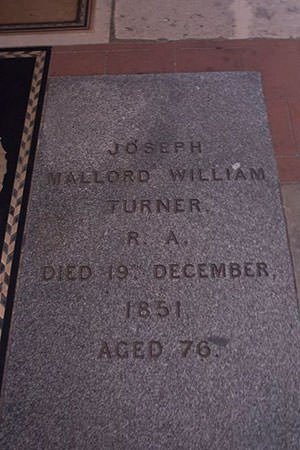
#10 HIS MASTERPIECE THE FIGHTING TEMERAIRE WAS VOTED BRITAIN’S FAVORITE PAINTING
J.M.W. Turner stayed true to the genre of landscape throughout his career and elevated it to be considered by critics at par with the more renowned genre of history painting. He is considered one of the greatest landscape artists of all time and is perhaps the most renowned British painter. The prestigious annual Turner Prize art award, which was created in 1984, is named in his honor. In 2005, Turner’s 1838 masterpiece, The Fighting Temeraire, was voted Britain’s favorite painting in a poll organized by the BBC. In April 2016, the Bank of England announced that J.M.W. Turner would appear on the next issue of the £20 note.
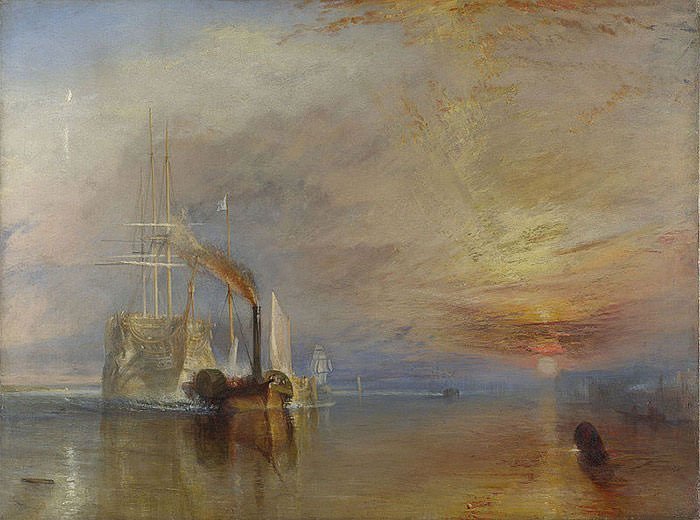
THE EROTIC ART OF J.M.W. TURNER
John Ruskin was the leading English art critic of his time and a great admirer of the work of J.M.W. Turner. He defended the art of Turner in his book Modern Painters (1843) and had a good relationship with the artist. It was believed for years that Ruskin burned bundles of erotic paintings and drawings by Turner in 1858 to protect Turner’s posthumous reputation. He considered the sketches “the most shameful sort”. However, in 2005, it was found that the infamous destruction never took place. These works are in the collection of Tate Britain.

